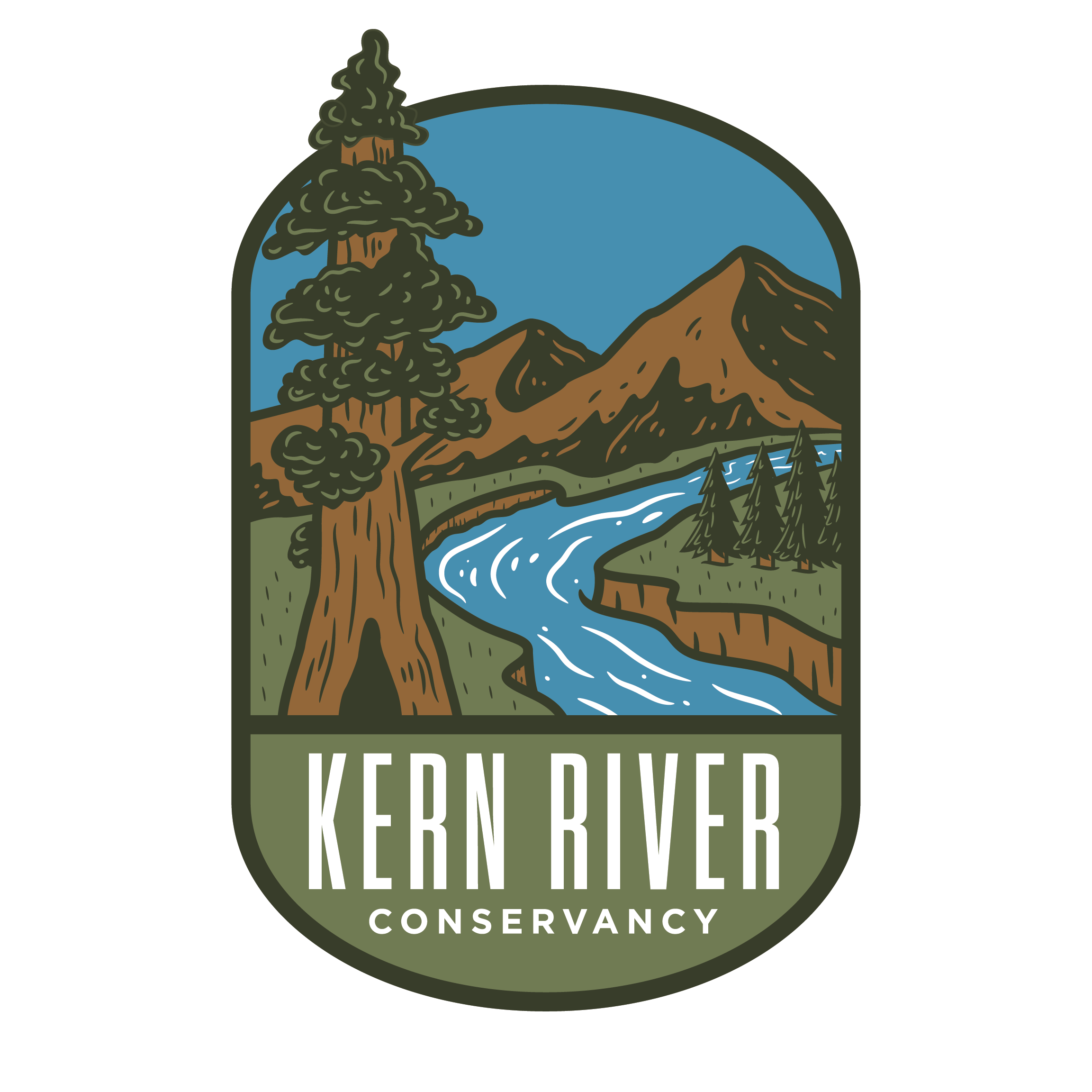How to Identify Common Animal Tracks
While spending time recreating in Sequoia National Forest, it is guaranteed that you will see some wildlife. Even if you don’t directly see a specific animal, it is likely that you will see some sort of sign of them being around. One common sign is animal tracks. Having the ability to identify these tracks can be very beneficial. Not only will you learn what types of animals live there, but you can also learn what they are doing and how long ago they were in the area. Fresh tracks mean that the soil is tightly compressed and there is a clear outline. When it comes to predatory wildlife, being able to identify the animal and how long ago they were in the area is extremely helpful in avoiding an unwanted encounter. Below are some descriptions of animals that are common in the area.
Deer
1.8 – 3.2 in (4.6 – 8.1 cm) long.
1.5 – 2.6 in (3.8 – 6.6 cm) wide.
2 hoofed toes (cleaves) form a heart-shaped track. Toes are pointed. The outer wall is slightly convex or straight. The inner wall is usually straight or slightly concave.
Two dewclaws may register in soft substrate or when moving fast. Front dewclaws are slightly closer to the hoof and angled outward more than those of the hind track.
The track is symmetrical.
Slightly larger than the hind track.
Bear
Bears have 5 toes on each foot. Their large toe is on the outside of the foot and the small inner toe does not always register.
Footpads are bigger at the outer edges.
Front tracks are wider than rear tracks.
The small round heel pad of the front foot seldom registers.
Often bears travel in an over-step walk, with their rear foot falling in front of where the front foot fell.
Mountain Lion
Four toes on both the front and hind paws.
M-shaped heel pad with two lobes at the top or leading edge, and three lobes at the base.
Their retractable claws do not show in their prints except on slippery or difficult terrain where they need more traction or during a prey pursuit.
The stride length of adult female cougars is usually < 40 inches.
The stride length of adult male cougars is usually greater than 40 inches.
Bobcat
Bobcat tracks are larger than a domestic cat and measure approximately two inches.
Their front feet are just slightly bigger than their rear feet.
Bobcats are diagonal walkers and direct register, which means that their rear feet land in their front footprints.
Claw impressions are absent
Coyote
Ovular
Approximately 2.5 inches long and 2 inches wide
They register four toes with claws in both front and hind feet.
Their tracks are relatively symmetrical, though they can show a slight lead toe/claw that allows left and right feet to be differentiated.
The hind foot is slightly smaller than the front foot and registers a smaller foot pad.





